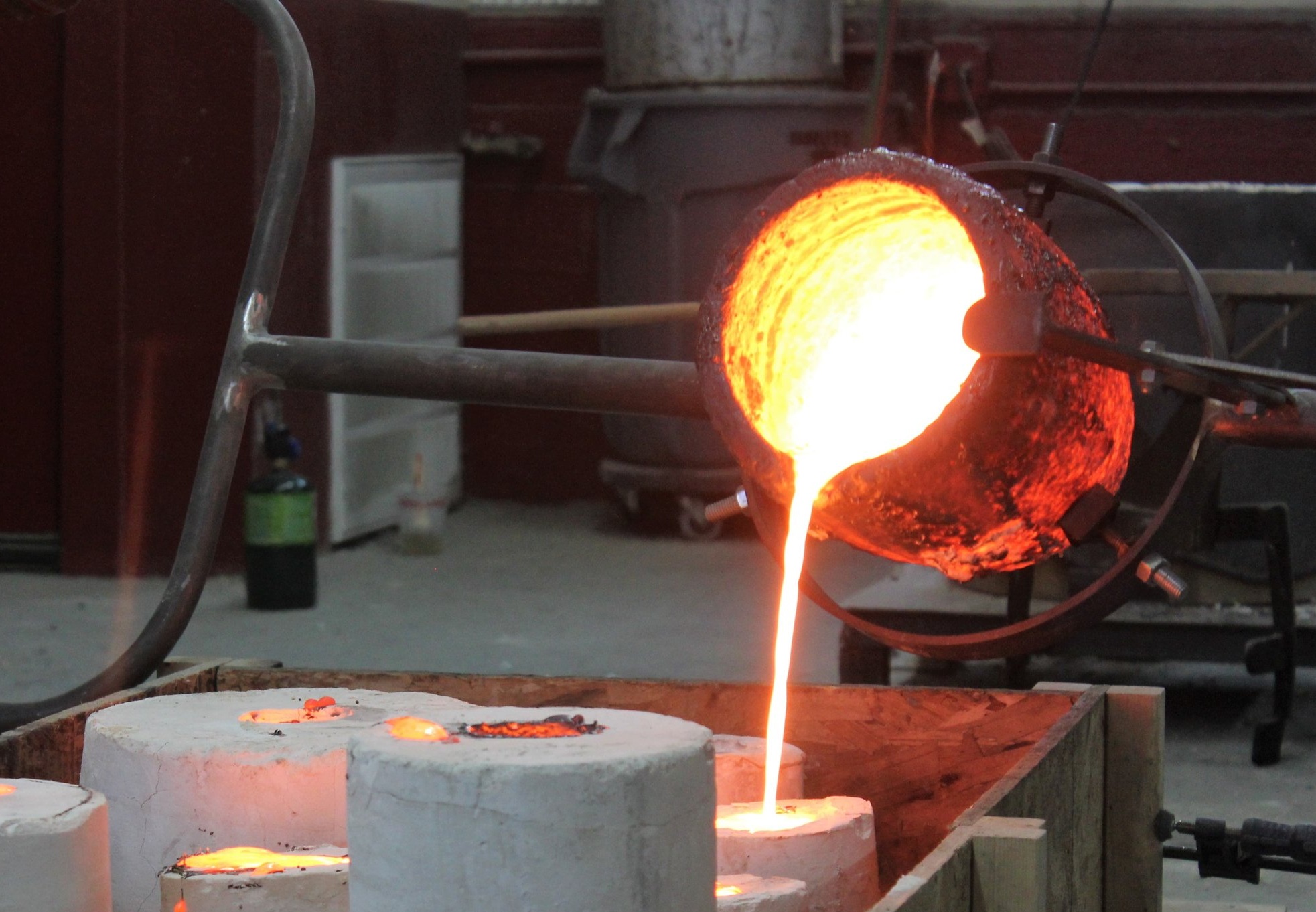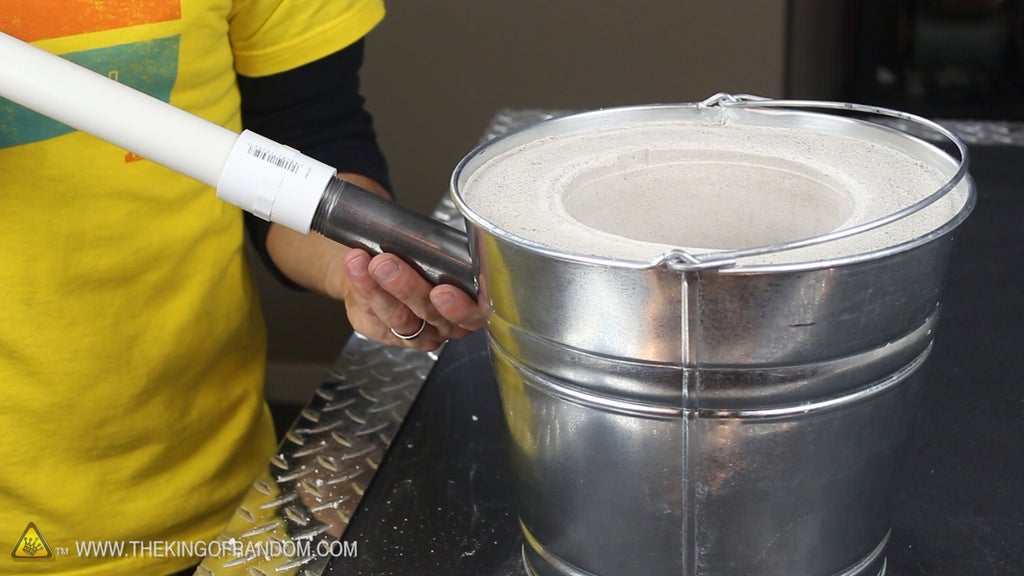Top Tips to Achieve High-Quality Aluminum Casting Results
Wiki Article
Recognizing Metal Casting Procedures: Innovations and Trends in the Foundry Sector
The foundry industry is experiencing considerable makeovers driven by technical developments. Developments such as 3D printing and man-made knowledge are reshaping metal casting processes, boosting performance and precision. Lasting practices are getting grip, highlighting the value of environmental obligation. Additionally, the introduction of sophisticated products and automation is enhancing overall casting high quality. These developments recommend an essential shift in the market, elevating questions regarding future directions and ramifications for manufacturers.Advancements in 3D Printing for Metal Casting
Recent improvements in 3D printing technology have significantly transformed the landscape of steel casting. The assimilation of additive production strategies has actually allowed the quick production of complicated patterns and mold and mildews that were difficult or formerly tough to accomplish with typical techniques. By using products such as sand and steel powders, manufacturers can develop elaborate geometries that improve layout versatility and decrease material waste. This advancement not only expedites the prototyping process yet also enables the modification of components tailored to certain applications.
In addition, 3D printing assists in shorter preparation, which is vital in industries requiring fast turnaround for parts. The modern technology likewise supports the manufacturing of light-weight structures, consequently enhancing power performance in final product. Therefore, the foundry market is observing a shift towards even more lasting methods, driven by the performance and precision supplied by these modern-day 3D printing methods in metal casting procedures.
The Role of Artificial Intelligence in Precision Production
As industries increasingly adopt sophisticated manufacturing technologies, fabricated intelligence (AI) is playing a pivotal role in improving precision production processes. AI algorithms analyze vast datasets to identify patterns and enhance manufacturing specifications, causing enhanced precision and performance. In steel casting, AI help in predictive upkeep, reducing downtime by forecasting equipment failings prior to they occur.Moreover, AI-driven simulations enable makers to model the casting process, refining layouts and lessening issues. Artificial intelligence strategies enhance quality assurance by identifying abnormalities in real-time, thereby making sure that only items meeting rigid specs proceed through the assembly line.

Sustainable Practices in the Foundry Market
Sustainability has actually become an essential focus in the foundry industry, triggering producers to take on practices that minimize ecological effect while keeping performance - Aluminum Foundry. One famous method includes the recycling of products, particularly steels, which substantially decreases waste and power consumption. Factories are significantly executing closed-loop systems, enabling the reuse of sand and other casting products, thereby reducing the demand for virgin sourcesFurthermore, energy-efficient modern technologies, such as electrical furnaces, are getting traction, as they lower greenhouse gas exhausts contrasted to typical techniques. Numerous factories are discovering the use of environmentally friendly layers and eco-friendly binders to lower toxic results. Staff member training on sustainable methods has likewise ended up being important, promoting a society of environmental duty within companies. Overall, these sustainable practices not just contribute to environmental conservation however additionally improve the long-term viability of the foundry sector in an increasingly eco-conscious market.
Technologies in Products for Improved Casting Quality
With the continual evolution of the foundry sector, advancements in products have actually come to be essential for enhancing casting top from this source quality. Advanced alloys and composite products are significantly being made use of to improve mechanical homes and decrease flaws in spreadings. These materials usually use remarkable strength-to-weight ratios and enhanced resistance to deterioration and wear, addressing the needs of contemporary applications.Furthermore, the unification of nanomaterials is getting grip, enabling finer microstructures that bring about improved surface finishes and dimensional accuracy. Aluminum Casting. 3D printing innovations additionally contribute in producing complex geometries with minimal waste, enabling making use of specific products that were previously testing to cast
Furthermore, the growth of ecologically pleasant binders and additives adds to lasting methods while keeping top quality results. Jointly, these advancements not just improve the performance of actors items yet additionally align with the industry's shift towards sustainability and effectiveness.
Automation and Robotics in Metal Casting Processes
Automation and robotics are revolutionizing steel casting procedures by improving procedures and boosting precision. In contemporary factories, robot systems are utilized for jobs such as mold and mildew handling, putting, and finishing, significantly decreasing human intervention. This not only reduces the threat of mishaps but likewise ensures constant high quality in production.Automation technologies, such as computer numerical control (CNC) devices, assist in detailed layouts and complicated geometries that were previously challenging to attain. Real-time data analytics enable suppliers to enhance and monitor procedures efficiency continuously.
Keep track of The combination of automation results in boosted performance and performance, allowing shops to fulfill growing market needs while lowering preparations. As the industry accepts these advancements, the labor force is likewise evolving, requiring new abilities to operate and maintain sophisticated machinery. Overall, the adoption of automation and robotics is a crucial fad shaping the future of metal casting processes.
Often Asked Inquiries
What Is the Background of Metal Casting Methods?
Metal casting strategies day back to ancient go right here human beings, with evidence of bronze casting in Mesopotamia around 3000 BCE. Over centuries, methods advanced significantly, including improvements in materials and technology, forming modern-day industrial techniques.Exactly How Does Metal Casting Effect the Atmosphere?
Metal casting substantially influences the setting with power consumption, discharges, and waste generation. However, improvements in sustainable practices and technologies aim to reduce these effects, promoting even more ecologically pleasant methods within the sector.What Precaution Are Critical in Foundries?

What Prevail Flaws in Metal Casting Products?
Common defects in steel casting items consist of porosity, contraction, misruns, chilly shuts, and surface imperfections. These issues emerge from factors such as incorrect temperature control, poor mold style, and contamination during the casting procedure.How Do Foundries Ensure Quality Control in Casting Processes?
Factories execute strenuous quality control steps with regular assessments, standard testing, process surveillance, and adherence to industry standards. These techniques help recognize problems early, ensuring the integrity and integrity of the final casting items.Advancements such as 3D printing and artificial intelligence are reshaping steel casting procedures, boosting effectiveness and precision. Recent innovations in 3D printing technology have actually significantly transformed the landscape of steel casting. Automation and robotics are transforming metal casting processes by boosting and simplifying operations precision. Metal he said casting techniques day back to old civilizations, with evidence of bronze casting in Mesopotamia around 3000 BCE. Typical problems in metal casting products include porosity, shrinking, misruns, cool shuts, and surface imperfections.
Report this wiki page